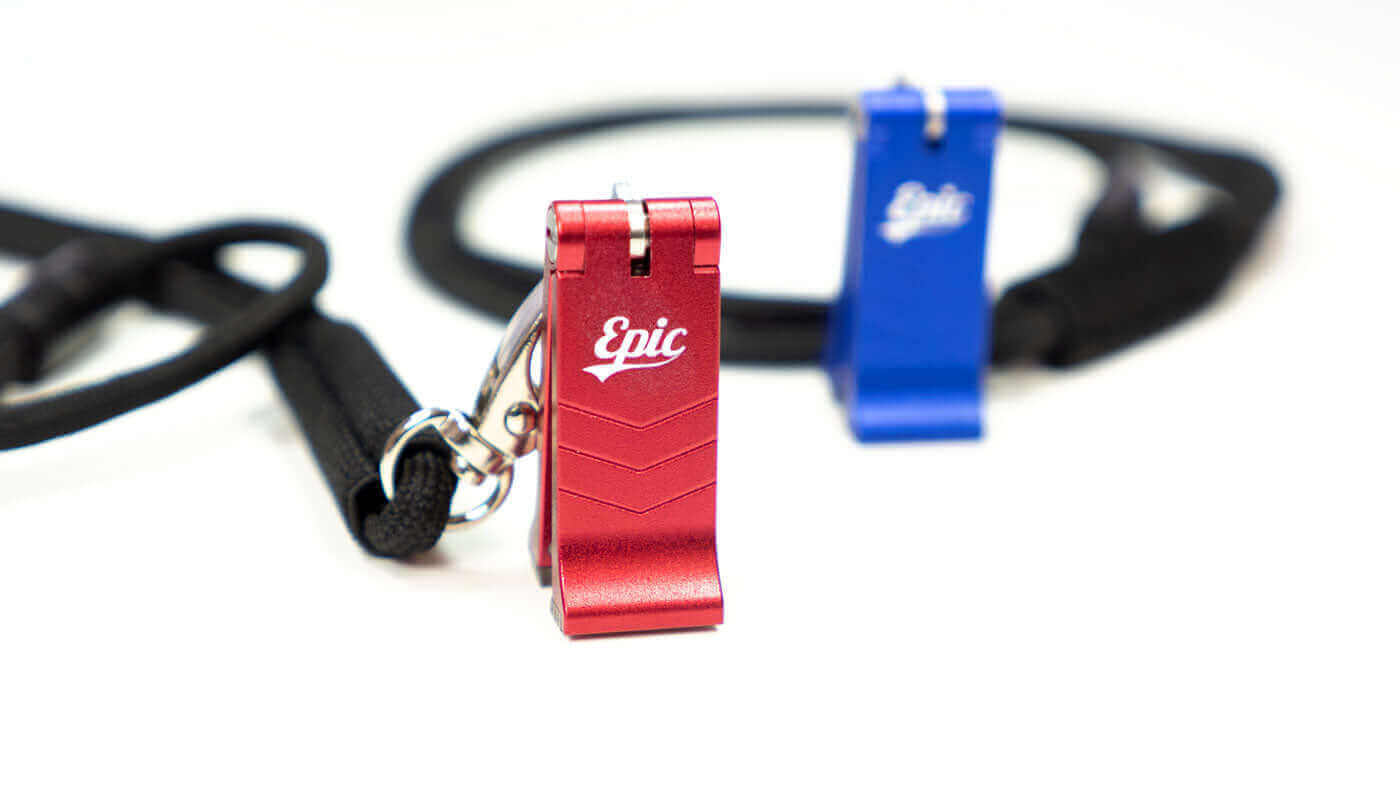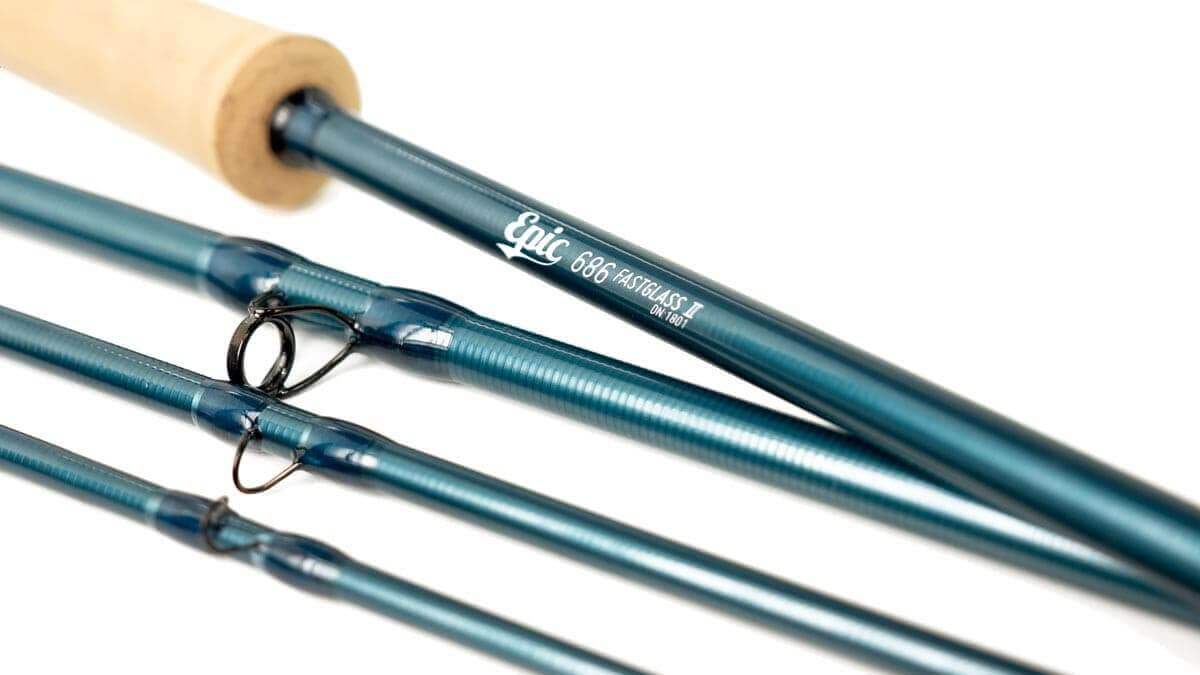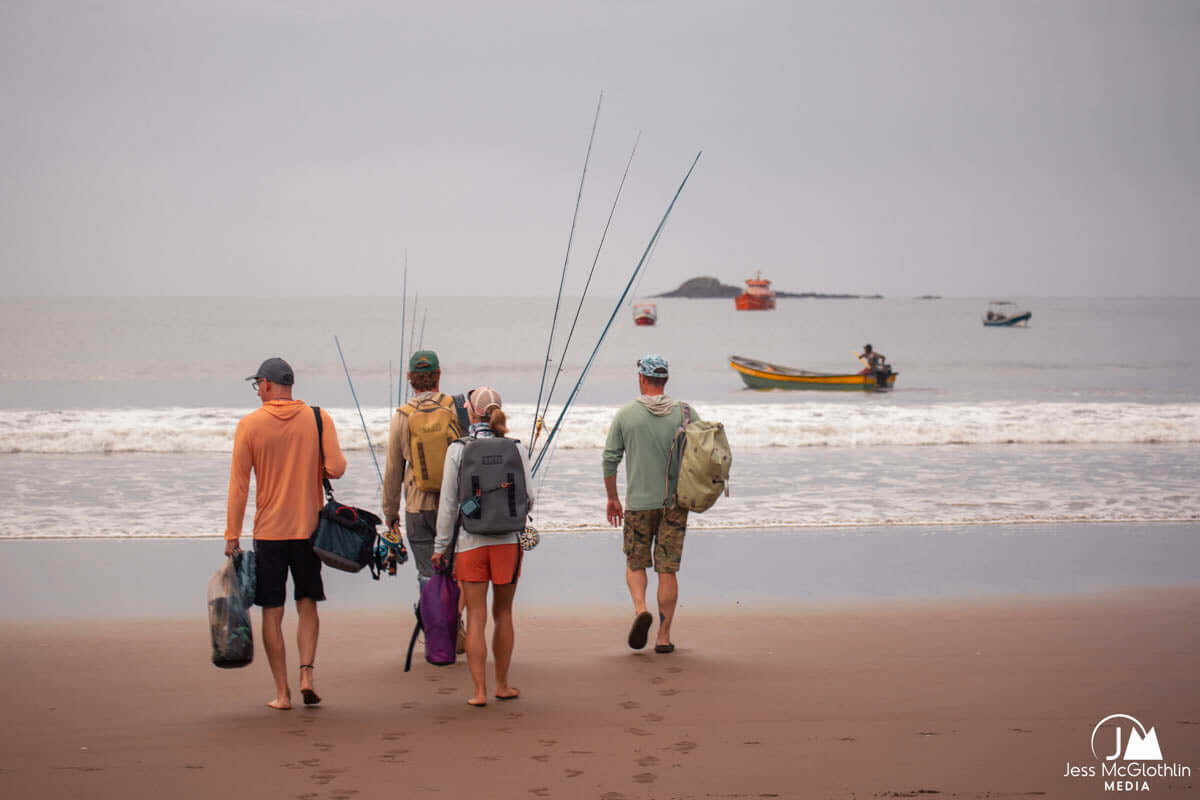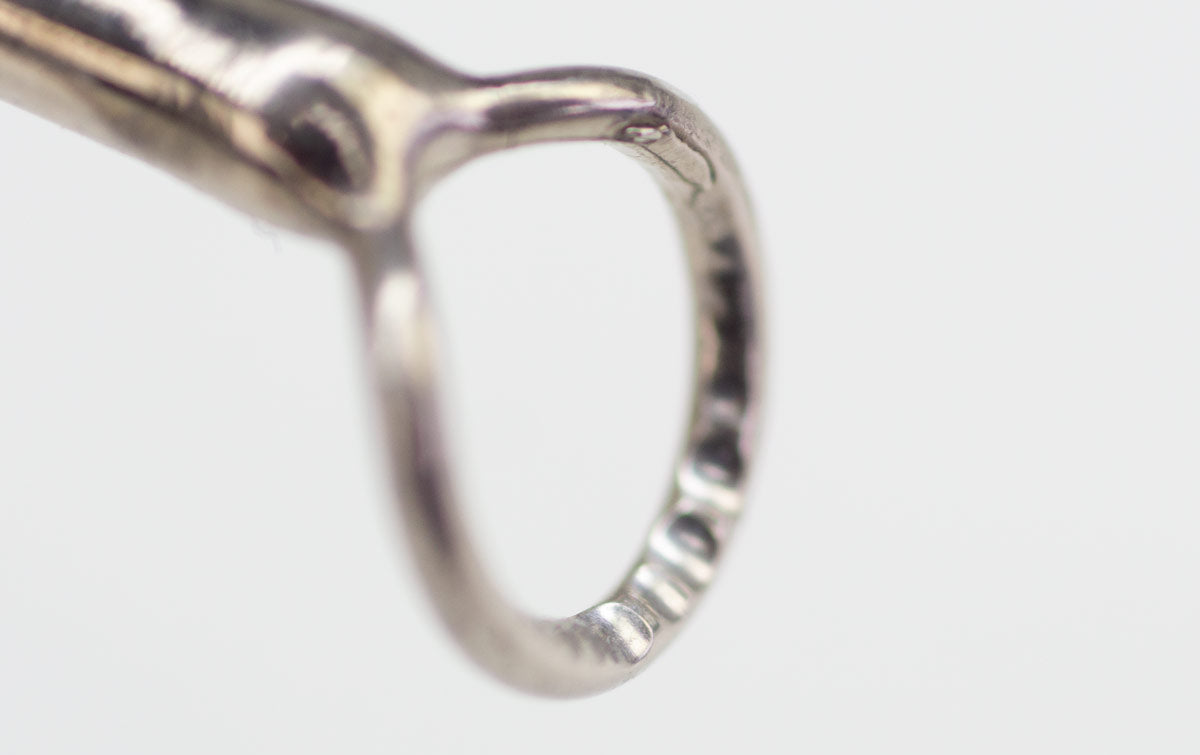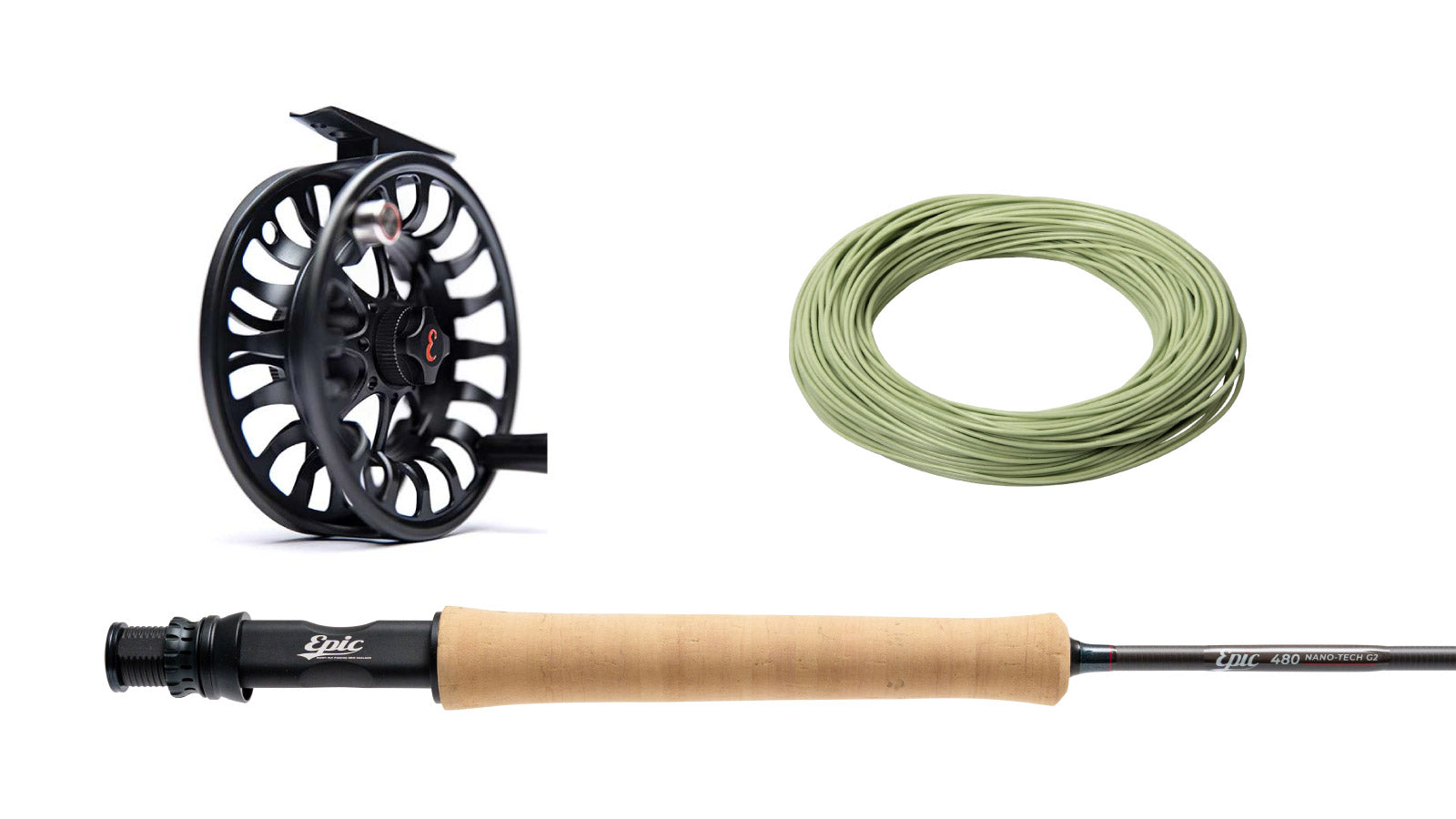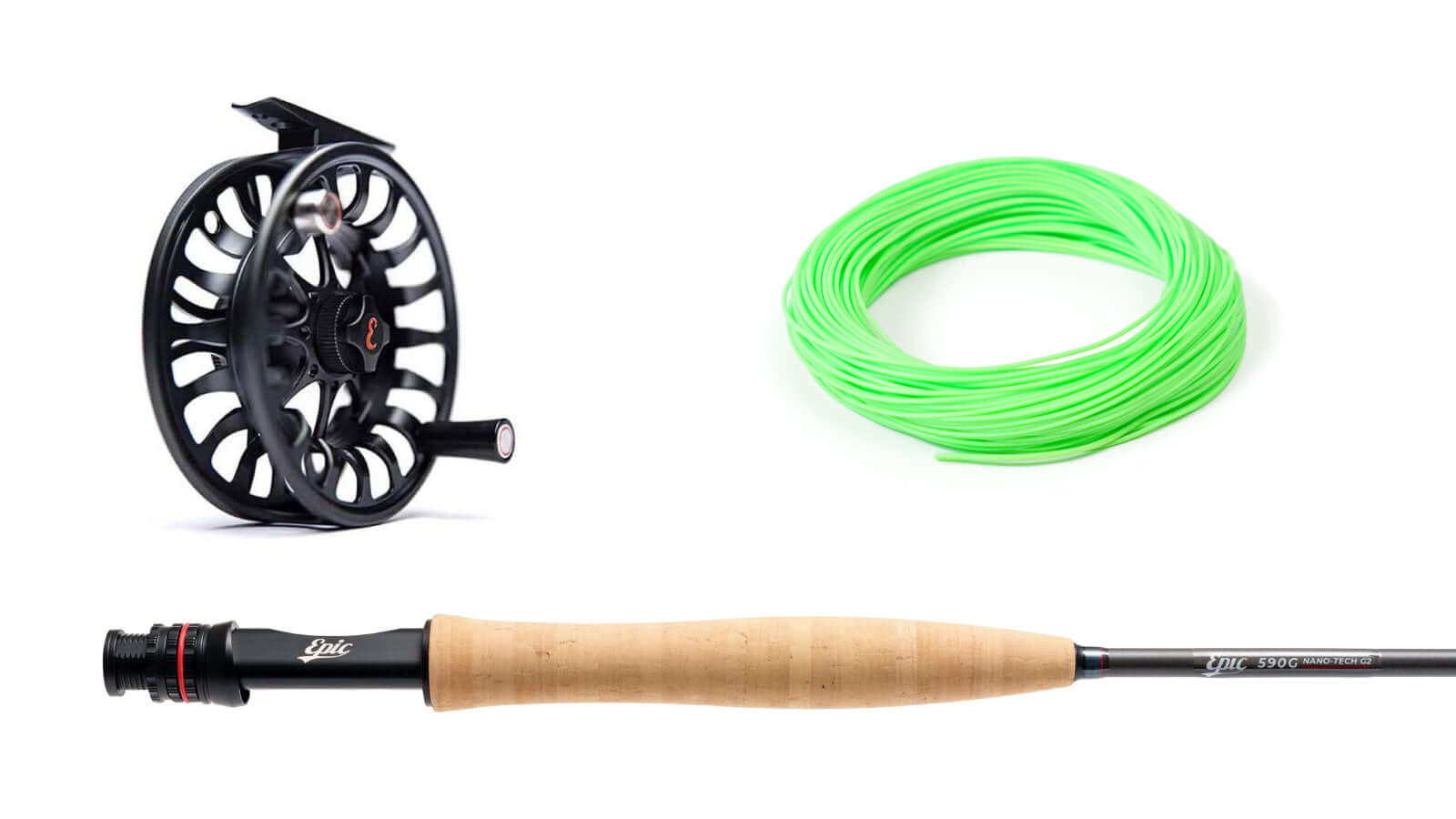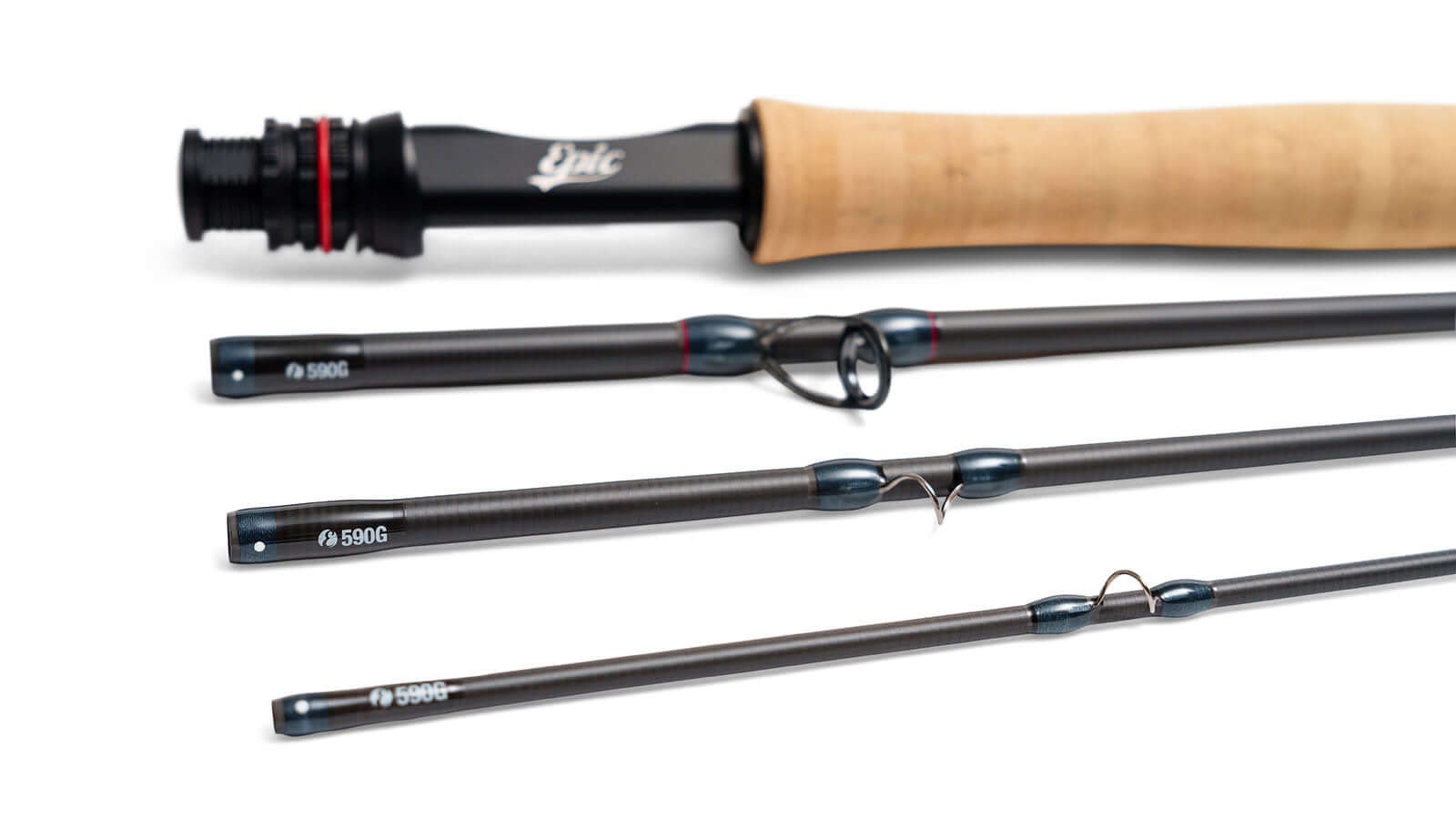The Best Fly Rods for 2023: Your Ultimate Guide to Choosing the Perfect Fly Rod
Casting with accuracy and skill, the perfect fly rod can upgrade your entire fishing game. This helpful guide to choosing a fly rod will provide facts about materials, actions, lengths of rods as well as mention leading brands that could make all the difference in having a great day out on the water catching fish after fish while fly fishing.
Key Takeaways
-
Understand materials, actions & lengths of fly rods for successful fishing
-
Choose the right rod action based on type of fishing and target species
-
Top brands in 2023 include Epic, Orvis, Sage & Temple Fork Outfitters. Consider freshwater vs. saltwater features when selecting
Understanding Fly Rods: Materials, Actions, and Lengths

For a successful fly fishing experience, it is essential to understand the distinctions between graphite, fiberglass and bamboo rods. This knowledge will help an experienced or novice angler determine which type of rod suits them best. Also knowing about suitable length and action for any given environment can assist when deciding upon the ideal setup depending on what species you are targeting. Whether used by experts or beginners in this sport, having insight into these key elements ensures that your equipment allows you maximum enjoyment during each trip out onto the water!
Graphite Fly Rods
Fly fishing rods made of graphite are highly favored by anglers for their lightness, sensitivity and swift action. This type of rod is comprised of layers of carbon fiber which offers a blend of rigidity and flexibility to use in various fly-fishing techniques. The stiffness provided by these kinds of rods makes it easy to have control when casting or fighting fish making them perfect for saltwater species as well as big game fishing that requires subtle presentations.
Amongst the quality options available on the market, we can find models such as Orvis Clearwater, Sage Trout Spey G5, St Croix Triumph Traveler. Epic 590G Graphite Fly Rod & Sage R8. Core - all great choices among best fly fishing rods crafted out of this material called “graphite”.
Fiberglass Fly Rods
Fiberglass rods are valued for their classic feel, durability and slower action than graphite ones. Experienced fly anglers find them best suited to apply the gentle technique required when fishing with flies. Series like Orvis Superfine glass rod and Redington Strike Euro Nymphing Fly Rod have extended cork handles as well as a downlocking reel seat so they can be used in tandem with larger arbor encounter reels on shorter sticks ideal for double nymph rig setups.
Bamboo Fly Rods
Fly fishing is a sport with deep roots, and it’s given special character by the inclusion of bamboo fly rods. Their action is smooth, their aesthetic unique and classic - they aren’t as powerful as graphite rods but are perfect for stream or river settings where trout and grayling can be found. Crafting these kinds of poles requires skillful splitting, planing & straightening to turn split pieces into functioning tools which you wouldn’t want to miss while out on your next expedition!
Choosing the Right Rod Action
When it comes to fly fishing, the best rod action is key for success. Fast-action rods are suitable if you need a longer cast and intend on catching bigger fish species. Medium-action ones give great flexibility when targeting smaller kinds in confined spaces. Lastly, slow action models offer highly sensitive flexibility for narrow streams or rivers. You should pick your ideal type of rod depending on where you will be doing the fishing and what kind of fish variety you want to catch.
Selecting the Ideal Rod Length
The optimal length for fishing rods will depend on the type of environment and species you’re trying to catch. Shorter rods between 6-8 feet are best suited for tight creek environments with lots of obstacles, whereas longer 8-10 foot models should be chosen if a greater casting range is required in larger bodies of water. Consider what kind of fish is being targeted, e.g., 5 weight rod & line might work well when trout fishing within creeks while 10 weight gear may provide better results for more aggressive saltwater species such as barracuda or permit. When it comes to light bass or freshwater trout, an 8’6’’ or 9’5-weight rod could prove most successful!
Top Fly Fishing Rod Brands for 2023

As 2023 gets closer, it is essential to stay informed of the best and most up-to-date fly fishing rods. Epic Fly Fishing have an array of amazing fly rod options catering for anglers regardless of their ability level. This article provides a comprehensive exploration into these brands’ offerings which will help you make decisions based on your specific needs when deciding what type of rod works for you. To aid in this process, we list the unique features each brand has available, including: various types & sizes, material used, price range, etc., so that whichever type or style suits your individual requirements can be chosen with ease!
Epic Fly Rods
Epic is celebrated for its impeccable craftsmanship in the production of their fly rods. The range includes equipment created with fishing activities like freshwater, saltwater and Spey casting expeditions in mind, as well as smaller creeks or warm water experiences. In 2023, Epic released four new rod options including two multi piece backpacking fly rods providing anglers exactly what they need to have an enjoyable session on the riverbank.
The highly popular products such as the Clearwater and Recon models are appreciated by consumers who look at factors such as affordability alongside performance capability when buying a product.
Freshwater vs. Saltwater Fly Rods

When you want to go fly fishing, selecting the correct rod is a must. Both saltwater and freshwater rods are constructed differently in regards to weight, guides, reel seats and line weights. Understanding these distinctions will help you pick out which one suits your needs best, whether it be trout or tarpon! Fly rods for both environments can differ depending on their purpose: from lightweights used by anglers targeting small streams with lots of trees around them to heavy ones intended for fighting larger fish such as those found at sea. All that being said, having knowledge about various types of casting hardware should ultimately assist you in deciding which type works better given whatever situation arises while trying to catch those elusive species!
Freshwater Fly Rods

Fly rods designed for freshwater fishing are constructed from graphite or fiberglass materials to provide a sensitive balance of strength and delicacy. These fly-fishing rods enable anglers to better target species such as trout, bass, and salmon in rivers, lakes, and streams than their saltwater counterparts by providing an extra delicate presentation.
Saltwater Fly Rods
When it comes to saltwater fly rods, they are designed for battling larger species in coastal and offshore environments. These types of rods tend to be heavier than those used for freshwater fishing with reinforced guides and reel seats that can handle the harsh salty conditions. Due to these particular specs, line weights have been increased so as to cast larger flies against windy weather conditions with success. Allowing you tackle tarpon, permit or bonefish challenges more securely. By opting for an appropriate saltwater rod type, your sport experience will benefit from all its advantages thus making any expedition a memorable one!
Tips for Casting with Your New Fly Rod

Having the right technique when using your new fly rod is a must for success in fishing. This section looks at how to improve and get used to casting, as well as managing windy conditions while throwing heavier flies. With some practice and knowledge of what makes fly fishing challenging but rewarding, you will become an expert angler with this skill set.
Through proper learning on techniques such as appropriate rod handling and adapting depending on the weight of the flies being thrown, improving proficiency becomes achievable. These steps are key if you want to develop your abilities with a fly rod!
Proper Casting Technique
Fly fishing is largely dependent upon a fly caster’s technique. Timing, power application and accuracy are all essential components for success when presenting flies. This involves using the rod to transfer energy efficiently into line speed so that your target fish can be reached with precision, catching more as a result! Practicing casting will help you reach mastery of this skill set, enabling accurate placements every time out on the water.
Adapting to Windy Conditions

Fly fishing in windy conditions can be difficult, but with the right technique you can remain successful. To maintain control over your fly line while casting, you need to adjust and modify your approach, such as increasing weight on lines or utilizing special techniques like double haul or water haul. Dry flies are especially hard when fishing under these circumstances, yet it is possible to master this skill over time through practice. By adapting strategies specifically designed for battling the winds, success remains achievable even during rough weather conditions!
Casting Heavier Flies
Casting heavier, larger flies can prove difficult for novices. With the right tools and techniques like double haul or water haul you will be able to cast these bigger ones more efficiently. To optimize your performance when using a heavy fly, it is essential to have an appropriate rod and line that are both suited for its weight.
With practice you’ll become proficient in throwing big flies, enabling yourself access to fishing robust species of fish, something previously inaccessible without mastering this skill.
Caring for Your Fly Rod
Your fly rod’s longevity depends on taking proper care of it. Hence, this section will explain the best ways to clean, store and maintain your rod for many years. It is essential to make sure that cleaning and maintenance practices are done correctly so you can keep using your fly fishing equipment at its optimal level.
Cleaning and Storage
Regularly cleaning your fly rod is essential in order to prolong its effectiveness and durability. Use a mild cloth plus rubbing alcohol for lightly wiping the rod, paying particular attention to the guides, handle holder, and grip.
When putting away:
-
Leave time for air drying before totally taking apart your equipment afterwards; 2. Slip it back into either its protective sleeve or bag when done. 3 )Shun storage spots where too much heat and humidity can damage the item’s condition such that you should avoid those areas at all costs.
Regular Inspections
Periodic assessments of your fly rod are a must in order to recognize any wear and tear. Look for signs like splits, splinters, or dents on the stick as well as worn out reel seats and guides. If there is damage present, act immediately so that you can guarantee optimal performance from your fly rod while avoiding additional harm.
Repair and Warranty Information
It is critical to understand the repair and warranty options of a fly rod manufacturer if your rod requires any fixing. Manufacturers typically have warranties that span one year up until lifetime, so it’s essential to check out what specific conditions apply for yours. If you ever need its support, make sure you take all proper steps in order to claim the coverage offered by these kinds of assurances.
Through regular upkeep and maintenance practices, your trusty rods will be at hand for future fishing trips as long as possible!
Summary
When it comes to fly fishing, selecting the right rod is absolutely essential. Take into account material composition, action level and length before deciding on a brand that best fits your needs. Proper casting skills as well as attention and care of your equipment will help ensure you get maximum pleasure out of every outing with this singularly unique form of angling. Maximizing success using an optimal quality fly rod!
Frequently Asked Questions
What is a fly rod?
A fly rod is a lightweight and flexible fishing device that has been tailored for the purpose of fly fishing, using imitation flies as bait to copy aquatic bugs. This type of equipment makes it possible for fishers who are into this sport to target those types of fish that can be attracted by these lures. The same keywords (fly rod, fishing, rod, flying, fish and fly) have been kept but expressed differently in terms of maintaining the original tone while presenting all the keywords.
How to use fly fishing rod?
To become an expert fly fisherman, it is key to have the proper drag on your rod and keep its tip up while exerting pressure on a trout. You should also face towards your goal with feet spaced apart, then rapidly move back the rod’s end until pointing slightly backward yet still upwards – allowing for some time in between as you let out more line.
What are the main differences between graphite, fiberglass, and bamboo fly rods?
Fly rods made of graphite are characterized by being lightweight and having a fast action, while fiberglass gives users durability as well as the classic feel. Bamboo is revered for its traditional craftsmanship offering smoothness in use plus unique visual appeal.
How do I choose the right rod action for my fishing style?
When choosing the most suitable rod action for your fishing style, look at what type of fish you are targeting, the kind of fishing activity and also how big is your water area. If distance casting to bigger species or game fish is desired, fast action rods should be used while slower actions will come in handy when angling in narrower settings with smaller prey.
Can I use the same fly rod for both freshwater and saltwater fishing?
Yes, Epic fly rods are designed specifically for freshwater fishing as well as saltwater. These rod models have been crafted in order to provide the best experience while fly fishing, no matter which type of body of water you choose.



